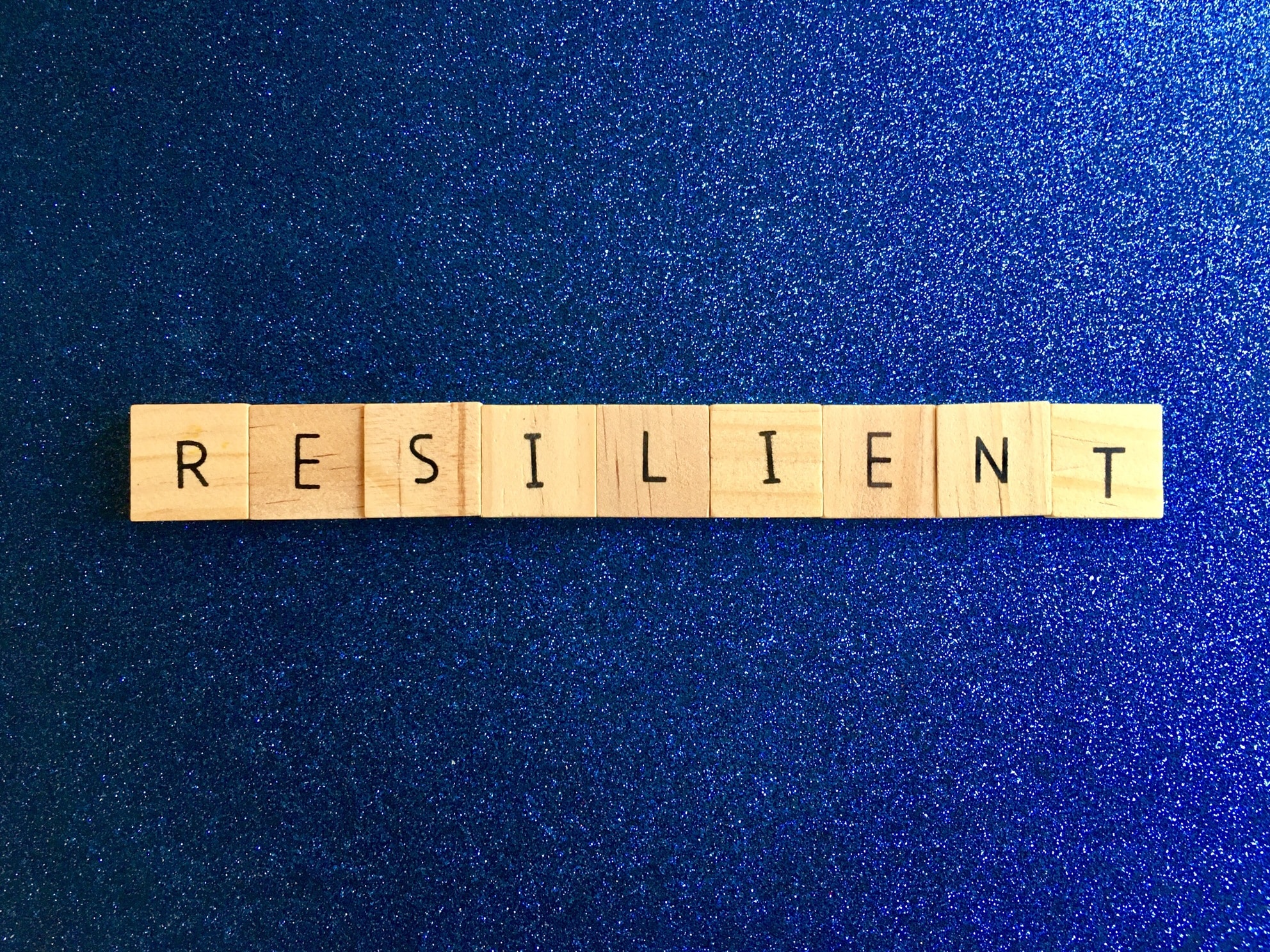How to Select Sustainable and Durable Outdoor Furniture for a Rainy Climate?

Outdoor living spaces are becoming increasingly popular. More than just an extension of the indoor living area, these outdoor spaces are places for relaxation, entertainment, and enjoyment of the natural beauty around. However, choosing the right furniture for these spaces can be challenging, especially in rainy climates. The inclement weather conditions can wreak havoc on the furniture, causing it to degrade faster and require frequent maintenance and replacements. This article will guide you in selecting sustainable and durable outdoor furniture that can withstand the elements and provide comfort and style for years to come.
Choosing the Right Materials
Every outdoor space, from a tiny balcony to a sprawling patio, requires furniture that is not only stylish but also able to withstand the elements. The choice of material is therefore paramount when selecting outdoor furniture for a rainy climate.
A voir aussi : How Can You Design a Quiet Corner for Meditation in a Busy Household?
Wood is a popular choice for outdoor furniture due to its natural beauty and durability. However, not all types of wood are suitable for rainy climates. Hardwoods like teak are highly resistant to moisture and insects, making them ideal for such conditions. Teak has a high oil content that repels water and prevents it from rotting or warping. Moreover, its natural weathered look gives it an appealing aesthetic that blends seamlessly with the outdoor space.
Metal furniture, specifically aluminum, is also a good option. Aluminum is lightweight, sturdy, and rust-resistant, making it perfect for outdoor use. It also requires minimal maintenance and can last for years. However, it can get quite hot under the sun, so a shaded area is recommended for such furniture.
A lire également : What Are Effective Layouts for Small Laundry Rooms to Maximize Efficiency?
Plastic furniture is another practical choice due to its lightweight, low-cost, and low-maintenance features. Choose high-grade plastic that is UV resistant to prevent it from cracking, fading, or becoming brittle over time.
The Appeal of Wicker and Rattan
Wicker and rattan are materials that have long been associated with outdoor furniture. They offer an attractive, natural look that can complement any outdoor space. However, they also have their own sets of pros and cons when used in rainy climates.
Natural wicker and rattan are not well-suited to rainy climates due to their tendency to absorb moisture, which can cause them to rot or become mouldy. However, synthetic variants of these materials, often made from plastic or resin, have been developed to mimic their natural counterparts’ look while providing the necessary durability and resistance to weather elements. They are also easier to clean and maintain than natural wicker and rattan.
When choosing wicker or rattan furniture, look for pieces with a sturdy frame made of aluminum or steel for additional strength and durability.
Importance of Design and Comfort
While durability and sustainability are important considerations, the design and comfort of the furniture should not be overlooked. After all, your outdoor space is meant for relaxation and enjoyment, and the furniture should reflect that.
Choose pieces that complement the overall aesthetic of your outdoor space. If your patio has a modern design, consider sleek and minimalistic pieces. If you have a more rustic or countryside setting, traditional or vintage-style furniture would be more appropriate.
Comfort is a key consideration as well. Look for furniture with ample padding and cushions made of weather-resistant fabrics. The cushions should be easy to remove and clean to ensure longevity.
Maintaining Your Outdoor Furniture
The longevity of your outdoor furniture largely depends on how well you maintain it. Regular cleaning and appropriate care can significantly extend the furniture’s lifespan and keep it looking good as new.
For wooden furniture, a simple wipe down with a damp cloth can often do the trick. However, if the furniture is stained or has mildew, a solution of mild soap and warm water can be used. Reapply a protective sealant annually to keep the wood from drying out and cracking.
For metal furniture, particularly aluminum, simply rinse with a hose and dry thoroughly. If rust spots appear, sand the area and apply a rust-resistant primer and paint.
Plastic furniture is the easiest to maintain. Simply wipe down with a cloth soaked in a solution of mild detergent and water.
In rainy climates, consider using waterproof covers to protect your furniture when not in use. These covers can help prevent damage from rain and moisture, prolonging the lifespan of your furniture.
Eco-friendly Options: Recycled Plastic and Wrought Iron
In recent years, environmentally friendly options have gained more popularity in the realm of outdoor furniture. Recycled plastic and wrought iron are two such materials that are not only sustainable but also highly durable and weather-resistant, making them perfect for rainy climates.
Recycled plastic furniture is made from post-consumer waste like milk jugs and detergent bottles. It is an environmentally friendly choice that reduces landfill waste and uses less energy in production than new plastic. The material is nonporous, preventing it from absorbing water, and is resistant to cracking, fading, and peeling, making it a reliable choice for rainy climates. Plus, it requires very little maintenance – just a simple wash with soapy water is enough to keep it looking new.
Wrought iron furniture, on the other hand, is a classic and sturdy option. Known for its strength and longevity, wrought iron can withstand harsh weather conditions, including heavy rain. It is heavier than other materials, making it less likely to tip over or blow away in strong winds. To prevent rusting, modern wrought iron furniture usually has a powder-coated finish that protects it from moisture. However, if rust spots do appear, they can be easily treated with a rust-resistant primer and paint.
Both these materials come in a variety of styles and designs, making it easy to match your outdoor space’s aesthetics. Remember, choosing eco-friendly outdoor furniture not only contributes to a sustainable lifestyle but also provides a durable and low-maintenance solution for your outdoor space.
Conclusion: Embracing the Outdoor Living Trend Sustainably
Selecting the right furniture for your outdoor spaces, especially in a rainy climate, requires careful consideration of various factors. From choosing the right materials such as teak, aluminum, high-grade plastic, resin wicker, recycled plastic, or wrought iron, to ensuring comfort and adhering to the aesthetic of your outdoor patio, every element plays a crucial role in creating a resilient and enjoyable outdoor living space.
Remember, the goal is to find a balance between durability, comfort, style and sustainability. Whether you decide on wood furniture for its natural beauty, metal for its sturdiness, or eco-friendly options like recycled plastic, the choice should reflect your personal style and commitment to sustainable living.
Maintenance, too, cannot be overlooked. Regular cleaning and the use of protective covers can extend the lifespan of your furniture and keep it looking as good as new for years to come. In the end, making informed, sustainable choices can help you create an inviting outdoor area that can withstand the weather conditions and serve as your personal oasis for relaxation and enjoyment, rain or shine.
